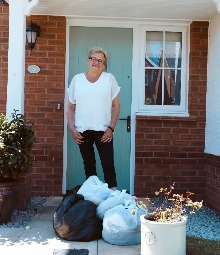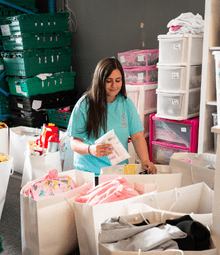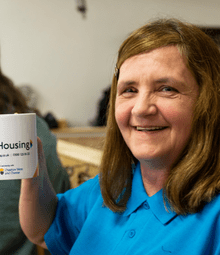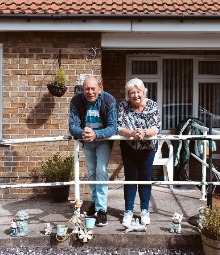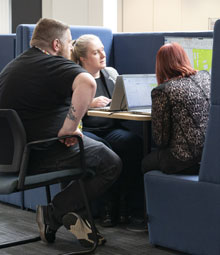We want to make sure you know how to identify Legionella and maintain water safety in your home.
We’ve prepared essential information about Legionnaires’ disease, how we can support you if you experience issues with water, and what are the steps you can take to maintain best water quality in your home.
Legionnaires’ disease
Legionnaires’ disease is a lung infection you can catch by inhaling droplets of water from things like air conditioning or hot tubs. It’s not common but can be very serious. You can catch it if you breathe in tiny droplets of water containing bacteria that cause the infection.
What are the symptoms?
Symptoms can start any time from 2 to 19 days after exposure to the initial infection. However, six to seven days is the most common time between getting the infection.
First phase usually lasts one to two days, in which you experience flu-like symptoms, such as mild headaches and muscle pain. This is followed by more severe symptoms like: high temperature (fever), more severe muscle pain, chills, tiredness, changes in mental state, such as confusion.
When bacteria infect the lungs, symptoms of pneumonia may develop, such as persistent cough, shortness of breath, or chest pains.
High rise buildings, sheltered and extra care schemes, non-domestic properties
In accordance with current regulations, we carry out non-domestic legionella risk assessments to the communal, high rise and sheltered schemes every two years, with an annual review in between.
The risk assessment allows us to identify and remove anything in the installation that may pose a risk. A regime of monthly safety checks is then put in place. These include temperature checks, quarterly spray tap, shower cleaning, and annual communal tank cleaning.
Regulations and risk assessments
Regulations require us to carry out risk assessments to individual properties. We are currently undertaking a programme of domestic risk assessments to each property.
If you would like us to risk assess your property, please contact us to make an appointment. During the assessment our assessor will need to look at your water fittings, locate the stop valve and look in cupboards where pipework is usually found. This is to look for redundant fittings and pipework and it usually takes about half an hour.
Following the assessment, any necessary remedial works will be ordered with our plumbers. A copy of the assessment will be sent to you and held on our central house file.
There will be no need to carry out a further domestic risk assessment unless there is a change to your system, replacement fittings, sinks, and taps do not constitute a change to the system.
The regulators appreciate that with over 20,000 properties we will not be able to carry out assessments to all properties at once.
Domestic water systems
Domestic water systems, like the one in your home are very low risk and contain a relatively low volume of water which is replaced with wholesome water, from the main, during everyday use. Things done in the home can affect the water quality and even encourage bacteria growth.
Legionella bacteria will thrive in water that is between 20 to 45ºC, where there are impurities in the water and where it is allowed to stagnate therefore you must avoid these conditions. It is essential that you use all taps and outlets at least once every week, keep the hot water temperature at 60ºC, and all taps and showers are clean.
What to do if your water looks unusual
Please visit United Utilities website to find out more about water discoloration and what to do if your water appears discoloured, cloudy or has small particles in it.
New tenant, new home
We carry out checks to void properties, to make sure your water is safe to use before you move into your new home.
When you move into your new home, you may find the water system drained off to protect it from frost, it may also be just turned off at the stop tap, please follow the instructions below before using your water. Locate the main stop tap, usually in your kitchen or bathroom. To prevent flooding, make sure that all taps are turned off by turning clockwise until it stops.
The following also applies if you have been on holiday for over a week or the property has been left unoccupied for extended periods:
- Open kitchen and bathroom windows, slowly turn on the stop tap, you will hear the water flow into the pipework, have a quick look around to make sure that there are no obvious leaks before opening the taps.
- If there are no leaks, turn all taps on slowly, flush the WC. When flushing taps and other outlets, open slowly and take care not to cause splashing or release of spray droplets to the atmosphere.
- If there is a shower fitted, lower the shower head and place into a carrier bag, make a hole in the base of the bag as this will stop splashing during flushing. Then slowly turn on the shower.
- Allow the taps and shower to run for 5 minutes, which will ensure that your system is full of fresh water from the mains. Your water system will now be ready for use.
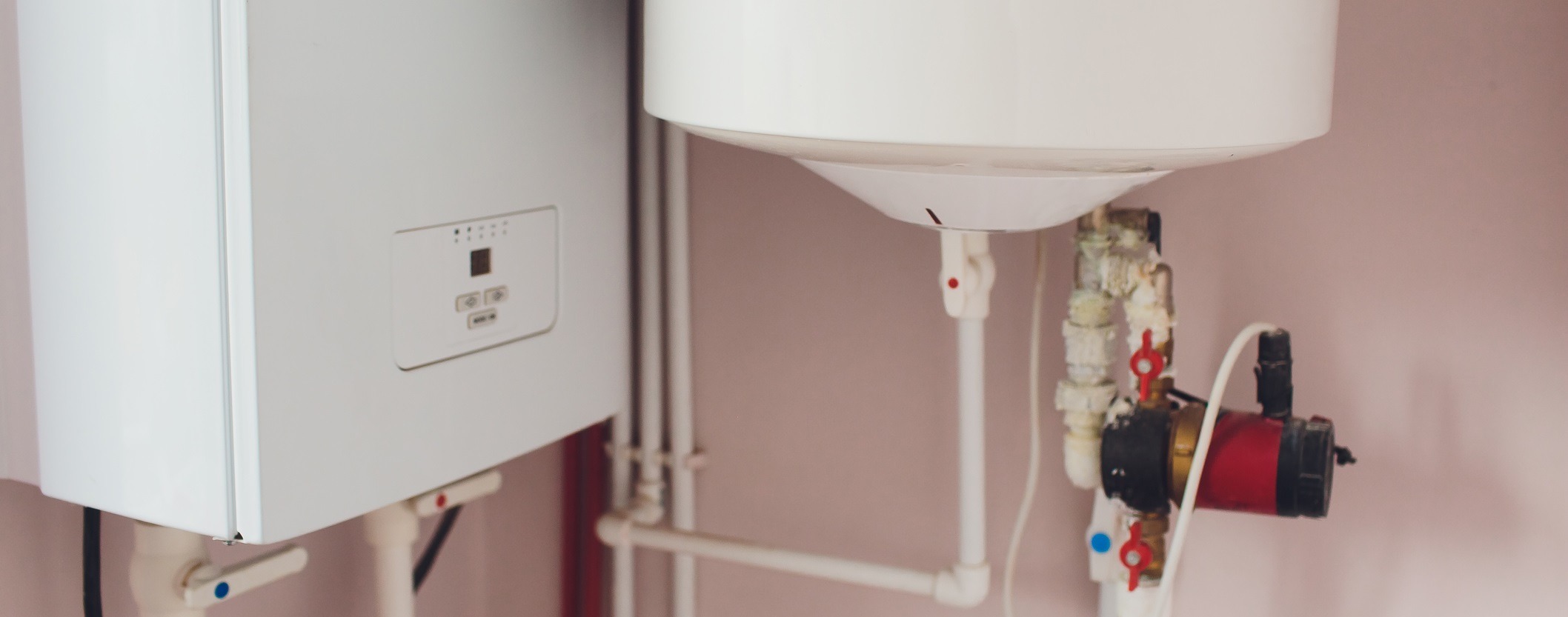
Hot and cold water systems
If you have a domestic hot water cylinder in your home, make sure that the thermostat is set at 60ºC. Don’t reduce this setting or the setting of your boiler thermostat, as bacteria can multiply at lower temperatures.
If you have a combination boiler or multi-point water heater, make sure that the thermostat is set to deliver hot water at 60ºC, don’t reduce the hot water thermostat setting. Legionella is killed at 60ºC, so take care with hot water as scalds can occur at these temperatures.
If you are away from home for long periods (for example holidays or hospital stays over 7 days), the water in your system can worsen if unused.
When you return home, heat up your system to the normal operating temperature, open each tap and run for at least five minutes. Cold taps should be flushed until the water runs cold.
Tap spouts on your bath, basin and sink may become contaminated from external sources. Clean tap spouts by wiping with a household descaling solution. If the tap is heavily scaled or contaminated, this can be done using a nylon brush.






